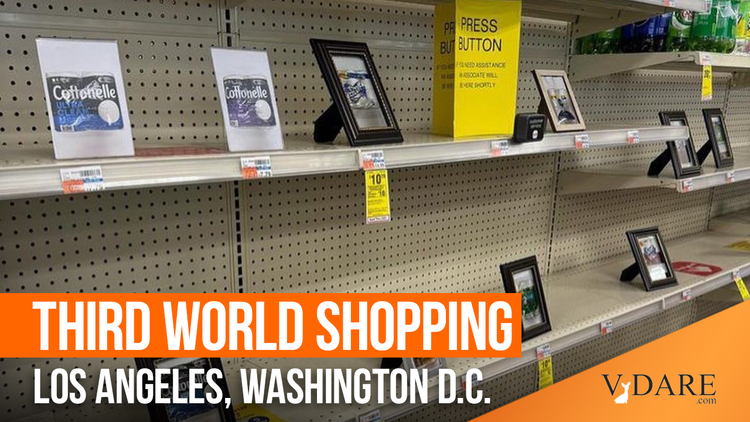


10/28/2023
Can’t load tweet https://x.com/JoeyMannarinoUS/status/1717992284023566807: Sorry, that page does not exist
I went to a drug store on pleasant Ventura Boulevard to buy toenail clippers, but the $5.99 item was locked to the shelf to prevent shoplifting. Having to wait in the checkout line to get a staffer to unlock the clippers probably doubled or tripled the amount of time I spent in the store.
The modern retail store with most of the stock on display for shoppers to pick up, examine, and bring to a cash register for payment appears to have originated over the course of the 19th century. Before then, you went into a store, told the counter clerk what you wanted, then he’d go back into the store room, fetch it, show it to you, and eyeball how rich and how desperate to buy it you looked and make up a high price. You’d counter with a lower offer, and then you’d haggle. And so the long day wore on.
According to my young professor’s dissertation in a History of Business class around 1980, the most influential retailer to switch to the model that we’re all familiar with — merchandise sitting out with tags indicating fixed no-haggle prices — was Le Bon Marché in Paris in 1850-1870, perhaps the most spectacular early example of the modern department store. Zola’s novel The Ladies’ Paradise portrays its innovations.
Well, it was nice while it lasted.